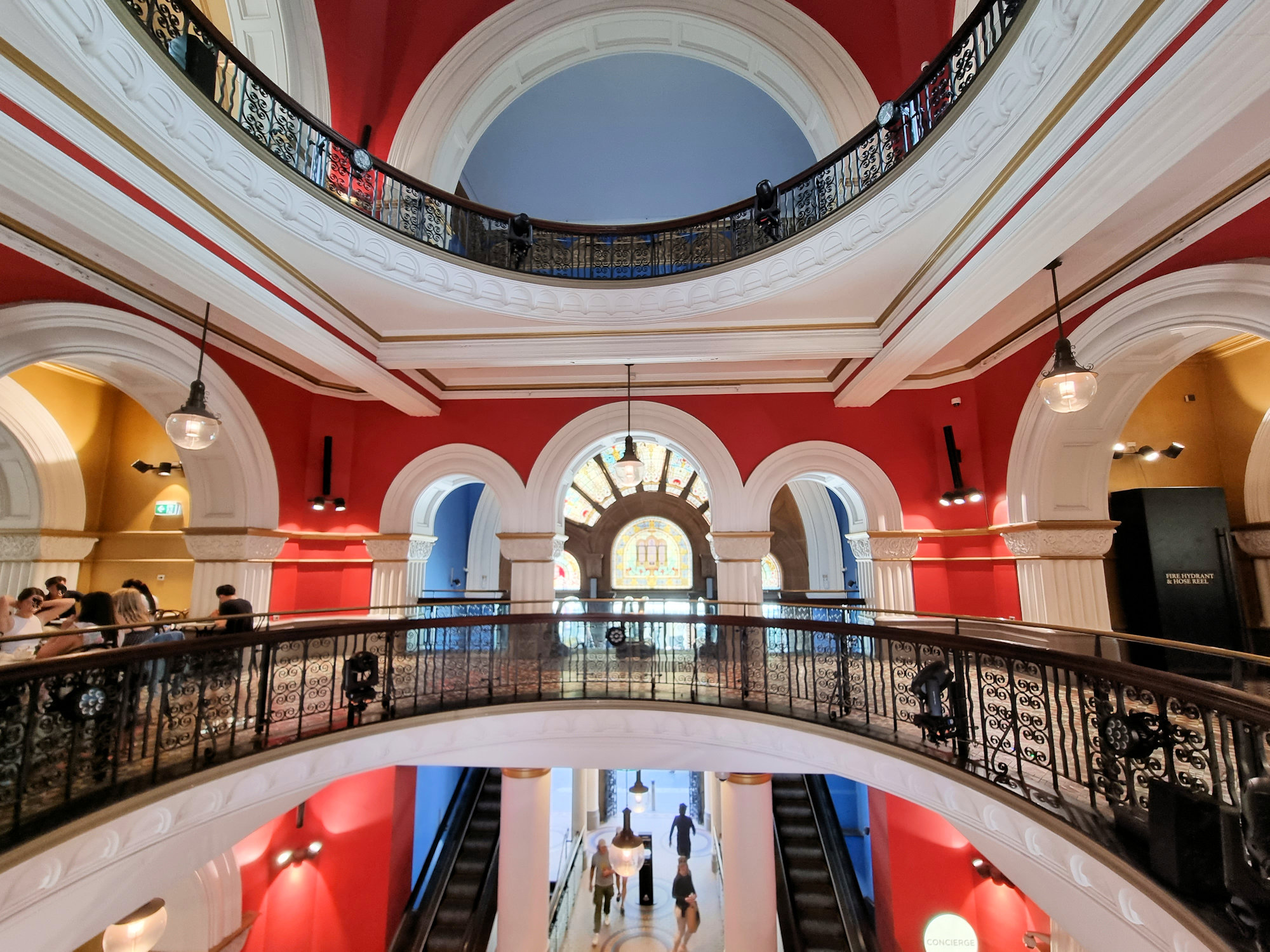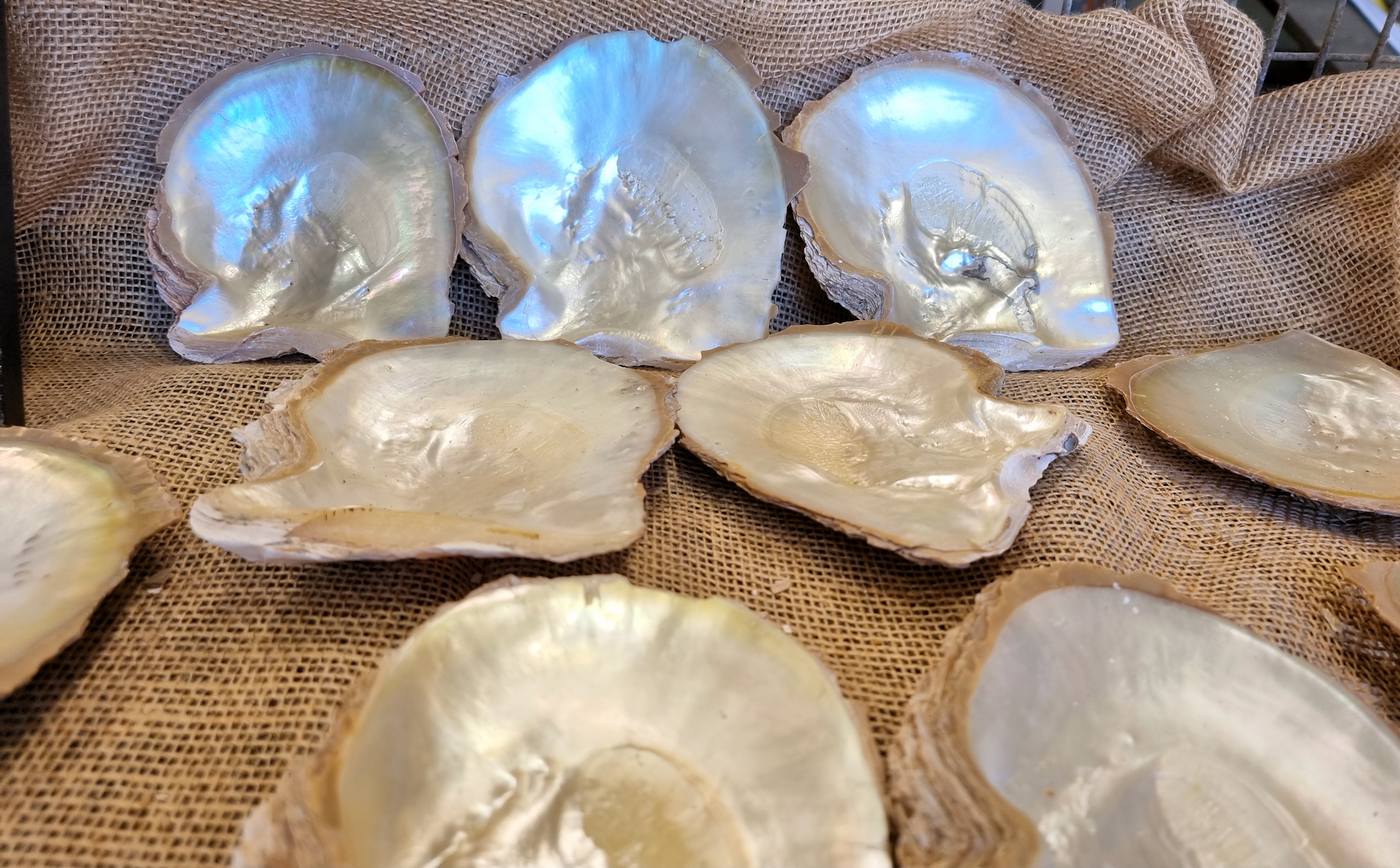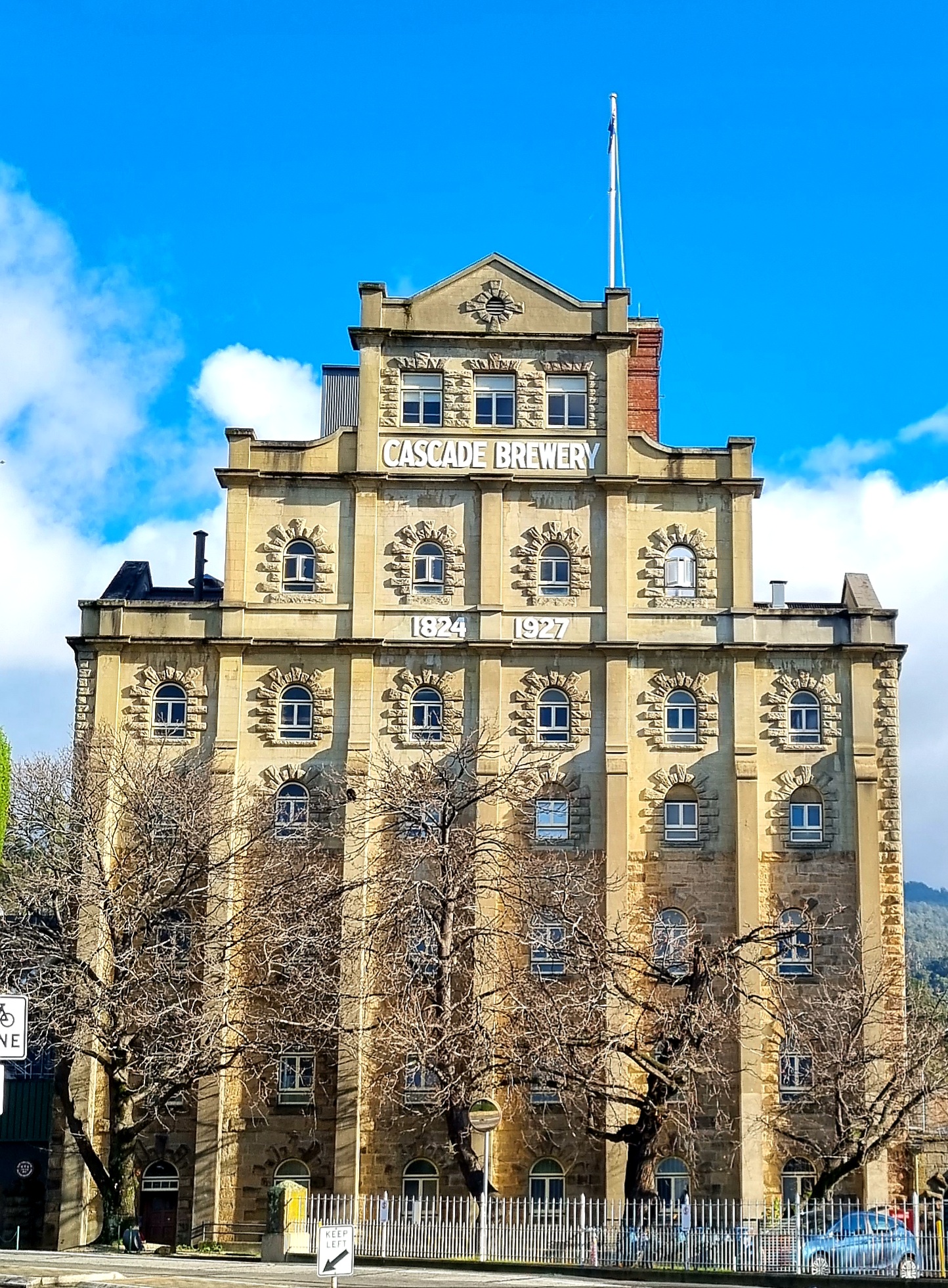Tag: guided tour
-
Queen Victoria Building Sydney

Queen Victoria Building Sydney Built between 1893 and 1898, the Queen Victoria Building (QVB) is an iconic shopping destination in the heart of Sydney, Australia. Originally designed to replace the Sydney markets, the QVB housed a concert hall, coffee shops, showrooms, warehouses and a wide variety of tradespeople. Over time things changed, the concert hall… Read more
-
Broken Bay Pearl Farm

Broken Bay Pearl Farm Established in 2003, Broken Bay Pearl Farm is New South Wales’s only pearl farm. Although Sydney Rock oysters used for eating are farmed here, this is the first business to farm pearls. Located at Mooney Mooney on the Hawkesbury River, parking was at a premium, with some people on our tour… Read more
